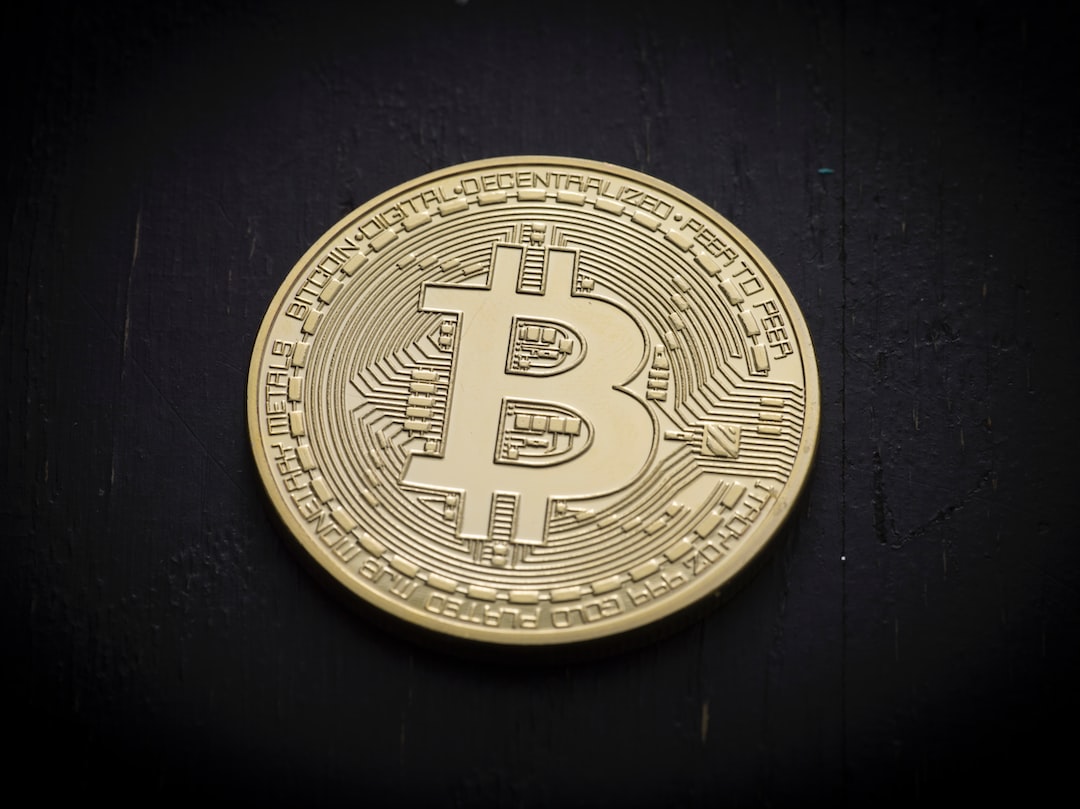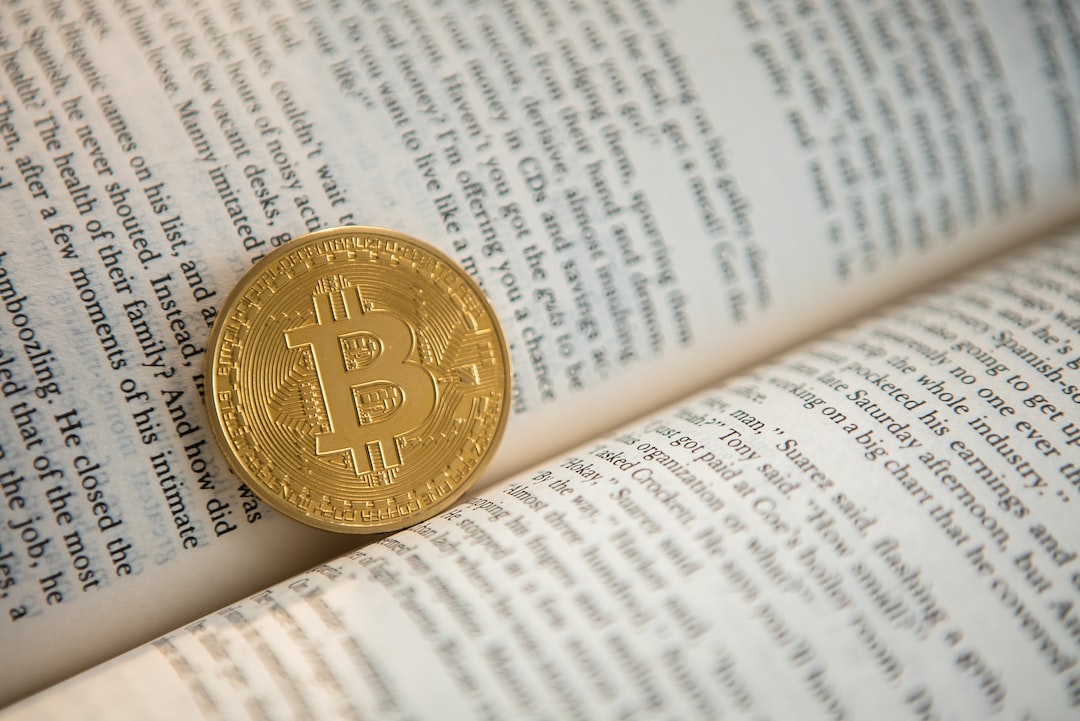Mixed Sentiments Surrounding US Federal Reserve’s Interest Rate Plan
The US Federal Reserve’s (Fed) announcement of its “higher-for-longer” interest rate plan to combat inflation has generated mixed sentiments among bankers. Some believe that higher bond yields may cause the central bank to reconsider rate hikes, while others argue that persistently high inflation may necessitate further increases.
Fed governor Michelle Bowman suggests that the Fed may raise interest rates and maintain them at higher levels for a longer period to control inflation. San Francisco Fed President Mary Daly also indicates that the R-star, the rate at which the economy remains stable, could be higher than during the pandemic, implying that the Fed will likely keep rates elevated.
R-Star May Still be High
Daly suggests that the R-star, which was 2.5% before the pandemic, could now range between 2.5% and 3%. When inflation needs to be reduced, the Fed raises its interest rate above the inflation-adjusted R-star gauge.
Calvin Yeoh of Blue Edge Advisers believes Daly’s comments are merely catching up with market trends. He speculates that a conservative R-star rating of 2.5% is unlikely unless a recession occurs.
Fed Awaits Economic Data Ahead of Next Meeting
The Fed is closely monitoring economic data to inform its future decisions on interest rates. The recent increase in the US Producer Price Index (PPI), a measure of price changes for domestic producers’ finished goods, for three consecutive months in September provides insight into inflationary pressures. The PPI for final demand rose by 0.5%, while the core PPI (excluding food and energy) increased by 0.3%.
The Fed will also consider September’s Consumer Price Index (CPI) and use PPI data to calculate the Personal Consumption Expenditure Index, which it views as a more accurate reflection of price increases than the CPI.
How Rates Impact Crypto Investments
The aggressive rate hikes have led investors to seek safer options like US government treasuries, causing losses for sovereign bondholders. Companies have refinanced corporate bonds, anticipating that interest rates will not decrease before their bonds mature. Major banks are expected to report significant unrealized losses due to increases in bond yields.
Investors’ shift towards government bonds indicates reduced attractiveness for cryptocurrencies. Higher borrowing costs have discouraged leveraged trading, while the lack of regulatory approval for a spot Bitcoin exchange-traded fund (ETF) adds to the negative sentiment.
Hot Take: Impact of Higher Interest Rates on Crypto Investments
The Federal Reserve’s “higher-for-longer” interest rate plan has generated mixed reactions among bankers and investors. While some believe that higher bond yields could lead to reconsideration of rate hikes, others argue that persistently high inflation may require further increases. The Fed is closely monitoring economic data, including the Producer Price Index (PPI) and Consumer Price Index (CPI), to inform its future decisions on interest rates. The aggressive rate hikes have prompted investors to shift towards safer assets like US government treasuries, impacting the attractiveness of cryptocurrencies. Additionally, the lack of regulatory approval for a spot Bitcoin ETF has further dampened sentiment. Overall, higher interest rates are influencing crypto investments and shaping market dynamics.”





 By
By
 By
By
 By
By
 By
By

 By
By